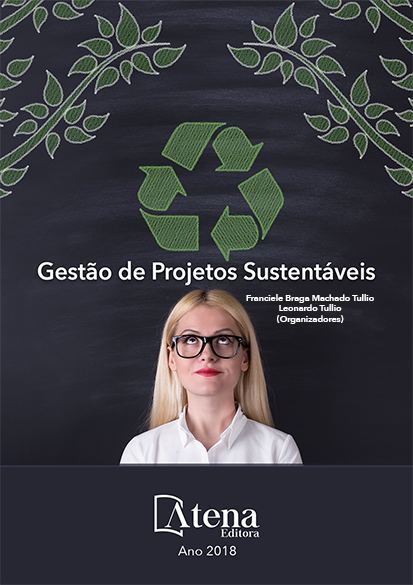
EDIFÍCIO SEDE DA FUNDAÇÃO RIOZOO: UM OLHAR SOBRE A QUALIDADE DO PROJETO DE REABILITAÇÃO DO EDIFÍCIO
Com o tempo, as modificações no
atual Edifício Sede da Fundação Rio Zoo, Rio
de Janeiro, descaracterizaram o imóvel do ponto
de vista da sustentabilidade. Originalmente, este
exemplar do patrimônio neocolonial, foi construído
como Escola Antônio Prado Júnior, para
acolher crianças com necessidades especiais.
Este artigo objetiva apontar intervenções que
transformaram o conforto e a sustentabilidade
do projeto. Como metodologia, foram realizados
levantamentos bibliográficos e de campo,
com visitas ao local, para observações diretas
não participativas e registros fotográficos, que
embasaram uma análise histórico-comparativa
dos usos da edificação, que na época de sua
construção, já priorizava condições técnicas
como: acústica, aeração, iluminação natural, e
acessibilidade. Como resultados apontam-se as
principais alterações sofridas por este patrimônio
e os danos causados pela falta de planejamento e
má gestão do Poder Público, visando a contribuir
para as discussões que permeiam a qualidade
do projeto.
EDIFÍCIO SEDE DA FUNDAÇÃO RIOZOO: UM OLHAR SOBRE A QUALIDADE DO PROJETO DE REABILITAÇÃO DO EDIFÍCIO
-
DOI: Atena
-
Palavras-chave: sustentabilidade; patrimônio arquitetônico; fundação RioZoo.
-
Keywords: sustainabili, architectural heritage, RioZoo Foundation.
-
Abstract:
Over time, the modifications
in the current Headquarters Building of
the Rio Zoo Foundation, Rio de Janeiro,
demarcated the property from the point of view
of sustainability. Originally, this copy of the
neocolonial patrimony, was built as Antônio
Prado Júnior School, to welcome children
with special needs. This article aims to point
out interventions that have transformed the
comfort and sustainability of the project. As a
methodology, bibliographical and field surveys
were carried out, with site visits, direct nonparticipative observations and photographic
records, based on a historical-comparative
analysis of building uses, which at the time of
its construction already prioritized technical
conditions such as: Acoustics, aeration, natural
lighting, and accessibility. The results show the
main changes suffered by this patrimony and
the damages caused by the lack of planning
and bad management of the Public Power,
aiming to contribute to the discussions that
permeate the quality of the project.
-
Número de páginas: 15
- Isabel Cristina Ferreira Ribeiro
- Virgínia Maria Nogueira de Vasconcellos


